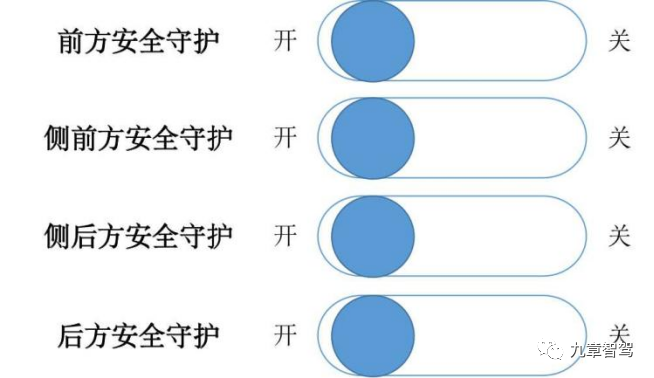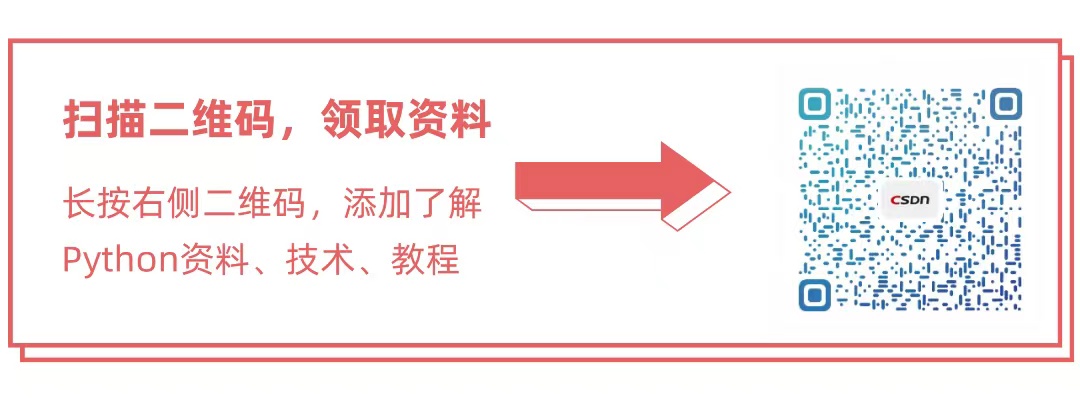🔎大家好,我是Sonhhxg_柒,希望你看完之后,能对你有所帮助,不足请指正!共同学习交流🔎
📝个人主页-Sonhhxg_柒的博客_CSDN博客 📃
🎁欢迎各位→点赞👍 + 收藏⭐️ + 留言📝
📣系列专栏 - 机器学习【ML】 自然语言处理【NLP】 深度学习【DL】
🖍foreword
✔说明⇢本人讲解主要包括Python、机器学习(ML)、深度学习(DL)、自然语言处理(NLP)等内容。
如果你对这个系列感兴趣的话,可以关注订阅哟👋
文章目录
股价预测
数据准备
将机器学习应用于股票价格预测
预测股市是机器学习在金融领域最重要的应用之一。在本文中,我将带您完成一个使用机器学习 Python 预测股票价格的简单数据科学项目。
在本文的最后,您将学习如何通过实现 Python 编程语言使用线性回归模型来预测股票价格。
股价预测
预测股市自成立以来一直是投资者的祸根和目标。每天有数十亿美元在证券交易所交易,每一美元的背后都有一个希望以这种或那种方式获利的投资者。
整个公司每天都根据市场行为涨跌。如果投资者能够准确预测市场走势,他就会提供诱人的财富和影响力承诺。
今天,很多人都在股票市场上交易赚钱。如果您将您在股票市场的经验和您的机器学习技能用于股票价格预测任务,这对您来说是一个加分项。
让我们看看如何使用机器学习和 Python 编程语言来预测股票价格。我将通过导入此任务所需的所有必要 python 库来开始此任务:
import numpy as np
import pandas as pd
from sklearn import preprocessing
from sklearn.model_selection import train_test_split
from sklearn.linear_model import LinearRegression数据准备
在上面的部分中,我通过导入 python 库开始了股票价格预测的任务。现在我将编写一个函数来准备数据集,以便我们可以轻松地将其拟合到线性回归模型中:
def prepare_data(df,forecast_col,forecast_out,test_size):
label = df[forecast_col].shift(-forecast_out) #creating new column called label with the last 5 rows are nan
X = np.array(df[[forecast_col]]) #creating the feature array
X = preprocessing.scale(X) #processing the feature array
X_lately = X[-forecast_out:] #creating the column i want to use later in the predicting method
X = X[:-forecast_out] # X that will contain the training and testing
label.dropna(inplace=True) #dropping na values
y = np.array(label) # assigning Y
X_train, X_test, Y_train, Y_test = train_test_split(X, y, test_size=test_size, random_state=0) #cross validation
response = [X_train,X_test , Y_train, Y_test , X_lately]
return response上面的函数你可以很容易的理解,因为我已经一步步的讲述了每一行的作用。现在接下来要做的是读取数据:
df = pd.read_csv("prices.csv")
df = df[df.symbol == "GOOG"]现在我们需要准备三个输入变量,就像在上一节创建的函数中已经准备好的一样。我们需要声明一个输入变量,提及我们想要预测的列。我们需要声明的下一个变量是我们想要预测的距离。
我们需要声明的最后一个变量是测试集的大小应该是多少。现在让我们声明所有变量:
forecast_col = 'close'
forecast_out = 5
test_size = 0.2将机器学习应用于股票价格预测
现在我将拆分数据并拟合到线性回归模型中:
X_train, X_test, Y_train, Y_test , X_lately =prepare_data(df,forecast_col,forecast_out,test_size); #calling the method were the cross validation and data preperation is in
learner = LinearRegression() #initializing linear regression model
learner.fit(X_train,Y_train) #training the linear regression model现在让我们预测输出并查看股票价格:
score=learner.score(X_test,Y_test)#testing the linear regression model
forecast= learner.predict(X_lately) #set that will contain the forecasted data
response={}#creting json object
response['test_score']=score
response['forecast_set']=forecast
print(response){'test_score': 0.9481024935723803, 'forecast_set': array([786.54352516, 788.13020371, 781.84159626, 779.65508615, 769.04187979])}
这就是我们如何使用机器学习预测股票价格。我希望您喜欢这篇关于通过实施线性回归模型使用 Python 和机器学习进行股票价格预测的文章。


![[译] 来了解一下 Island Architecture 孤岛架构](https://img-blog.csdnimg.cn/0aa6c21bd35c4921b8e0803c7b667d09.png#pic_center)







![[前端攻坚]:如何优雅的用function实现一个class](https://img-blog.csdnimg.cn/3eeb2c5bec44424da347971f2cb7ffbf.png#pic_center)







